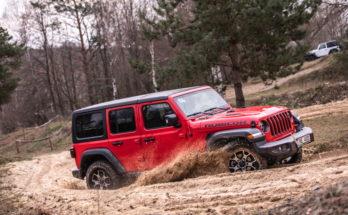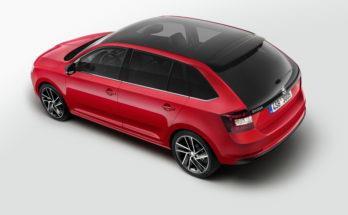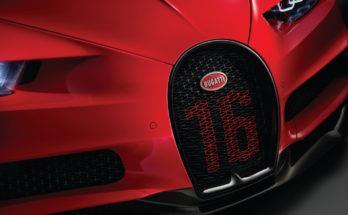Toyota Avensis is counting the last three years of its life, which it will enter with a significant modernization. This touched on the appearance, technology and above all the cabin , which is closer to the brand's newer models in terms of look and touch.
The body of the sedan and Touring Sports station wagon is 40 mm longer thanks to redesigned bumpers (at the front with fog lights almost completely in the corners), but this will not affect the overall space for the crew. The use of a modern and dynamic design language Under Priority clearly helped the car, especially when looking at the radiator grille and the chrome line and larger logo of the car company. Both the main lights and the taillights completely use the services of LEDs , including integrated daytime running lights in the front. From the profile, the new cladding on the door sills and the revised design of the cast 17- or 18-inch wheels are visible.
Thanks to the use of more valuable materials and decors, the cabin is significantly better than its predecessor . The appearance then corresponds to the more modern models of the brand, including a 4.2-inch TFT display between two separate alarm clocks and the Toyota Touch 2 multimedia system with an eight-inch touch screen in higher equipment. Better comfort on long journeys will be offered by seats upholstered in fabric, leather or a combination of fabric and Alcantara with new color combinations, including the Dual Ambient two-tone design, or a redesigned steering wheel and gear lever head. Acoustic silence is ensured by the greater thickness and density of the sealing material on the hood, as well as the thickness and dimensions of the insulation on the lower engine cover, additional polyurethane foam molding in the fenders and damping plates in the body floor on models with a diesel engine. The inclusion of a sealing lip of the air duct of the heating element helped to suppress the noise of the air conditioning . In the version with the Skyview panoramic sunroof, a damping sheet is used in the cabin ceiling, in the combi version, a dynamic damper integrated in the folding rear is also used.
Similar to the Auris, the older two-liter D-4D is replaced by a sixteen-cylinder D-4D with an output of 112 hp at 4000 rpm with a torque of 270 Nm between 1750 – 2250 rpm. In combination with a six-speed manual transmission, the weight has dropped by 20 kg compared to its predecessor, which is reflected in acceleration in 11.4 seconds, a maximum speed of 180 km/h and a consumption of 4.1 l/100 km. However, the two-liter diesel will not be missing from the offer, but it is a completely new power unit with an output of 143 hp at 4000 rpm and a torque of 320 Nm in the range between 1750 – 2500 rpm. Like the smaller engine, the two-liter has a six-speed manual transmission, with which acceleration to 100 km/h takes 9.5 seconds, the top speed is 200 km/h, and consumption has dropped to 4.5 l/100 km. The fuel range , including a 16-liter with a capacity of 132 hp, an eighteen-liter with a capacity of 147 hp and a two-liter with a capacity of 152 hp, is the exception of measures leading to lower combined consumption (higher compression ratio, optimization of injection angles and timing, surface treatment using Teflon and artificial resin, use of materials with a low coefficient of friction and automatic accessory belt tensioning) without changes. The continuously variable CVT automatic with a new torque converter, continuously variable transmission unit, oil pump, reduction and differential gears, hydraulic control unit and transmission oil heating also received modifications. To support this list with numbers, the 1.6 "eats" 6.1 l/100 km, the 1.8 6.0 l/100 km and the two-liter with CVT automatic 6.1 l/100 km.
The chassis with McPherson struts at the front and double wishbones at the rear has been retained, but its tuning leads to better comfort and greater driving stability. Better feedback and response from the steering is due to the new auxiliary shaft, adjustment of the diameter of the stabilizer and an increase in body rigidity thanks to the use of high-strength urethane for gluing the windshield.
The price list includes four new levels of equipment : Entry, Mid, Mid+ and High. The basic equipment includes manual air conditioning, cruise control with speed limiter, LED daytime running lights, a CD player with Bluetooth and USB connectivity and the Toyota Safety Sense safety package ( accident prevention system, lane keeping assistant, automatic high beams and traffic sign recognition brands).
Source: Toyota



